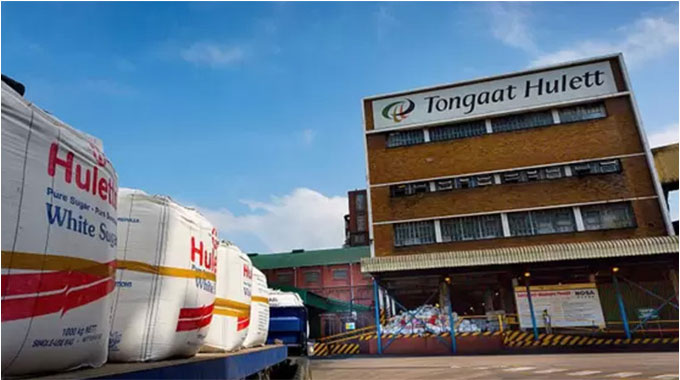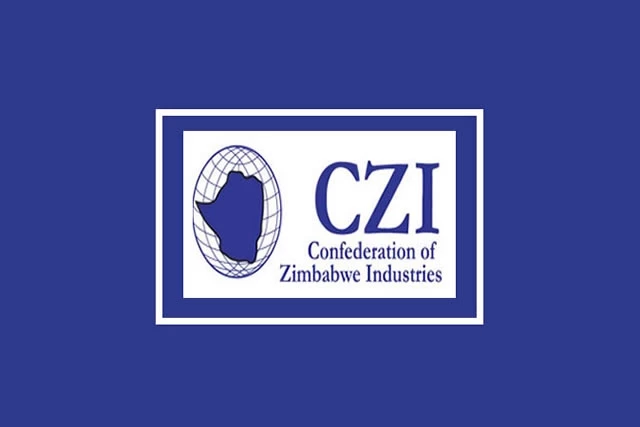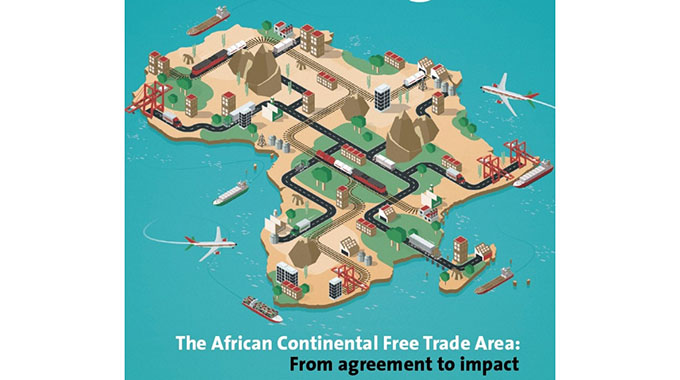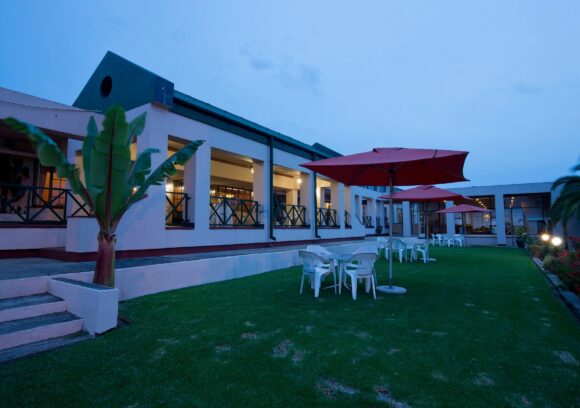Galileo happy with Zim business environment
UNITED Kingdom resource group, Galileo Resources, says Zimbabwe Government has created a conducive investment climate that promotes exploration at its concessions in Matabeleland that had gone for two decades without any activity.
The company is presently exploring the Bulawayo Gold-Nickel-Copper project in Bubi district and Kamativi lithium project in Matabeleland North province.
The Government has adopted the “Zimbabwe is open for business” mantra, which is supported by transformative policies premised on attracting investors from all economic sectors around the globe.
Galileo said the Bulawayo project comprising Exclusive Prospecting Order (EPO) 1783 and EPO 1784, covering 1 300km2 licence area with extensive greenstone belt rock formations, had gone for over 25 years with no exploration.
“No systematic exploration has been carried out in the area for more than 25 years due to the previously unfavourable investment climate in Zimbabwe.
“Prospective areas with thin sand/alluvial/Karoo basalt cover have never been explored and preliminary grab sampling on the property reported assays ranging from 3,9-16 grammes per tonne Au, confirming the prospectivity of the ground,” said the mining group in a statement accompanying interim financial results for the half-year ended September 30, 2022.
“The aim is to explore for resources to support the development of a large scale mine. The licences adjoin and enclose a number of small-scale gold mines on pre-existing mining permits, which provides the opportunity to integrate the production from these operations.”
Galileo, which is engaged in the exploration and development of gold, copper, rare earth aggregates, iron ore and manganese contracted Xcalibur Airborne Geophysics (Pty) Ltd to carry out a fixed-wing airborne magnetic and radiometric survey over the Bulawayo licence area.
The exploration programme that will be completed in June this year commenced in April 2022.
The survey comprised 12 184-line kilometre of flying at 100 metre-line spacing covering extensive Greenstone Belt rock formations.
“The aim of the survey was to map critical structures and belts linking the many known small-scale gold mines and deposits to help identify targets for the potential development of a medium to large scale mine.
In addition to gold targets, three nickel targets were also identified together with several further sites of interest.
Galileo is also undertaking a reconnaissance mapping and sampling programme at its Kamtivi lithium project in Matabeleland North province against a backdrop of growing attention from the global investors keen to take up positions in Zimbabwe’s lithium sector.
Lithium’s popularity has over the years been growing as due to its use in the manufacture of electric vehicle lithium-ion batteries.
The programme has identified four target zones with potential for pegmatite-hosted lithium, tin and tantalum.
Work so far covered included a collection of 1,661 samples, comprising rock chips, stream sediments and soil samples which were dispatched to an assay laboratory for a range of elements, including lithium, tin and tantalum.
“Possible spodumene and petalite lithium mineralisation was visually identified in rock chip samples from one site, however this will require laboratory confirmation,” it said.
Lithium is also among the strategic minerals that the Government has targeted to drive the US$12 billion mining industry Zimbabwe seeks to achieve this year.
Under the US$12 billion milestone, lithium will contribute US$500 million and the figure will rapidly increase beyond this year as more operations come on board and existing mines improve production.-ebusinessweekly










